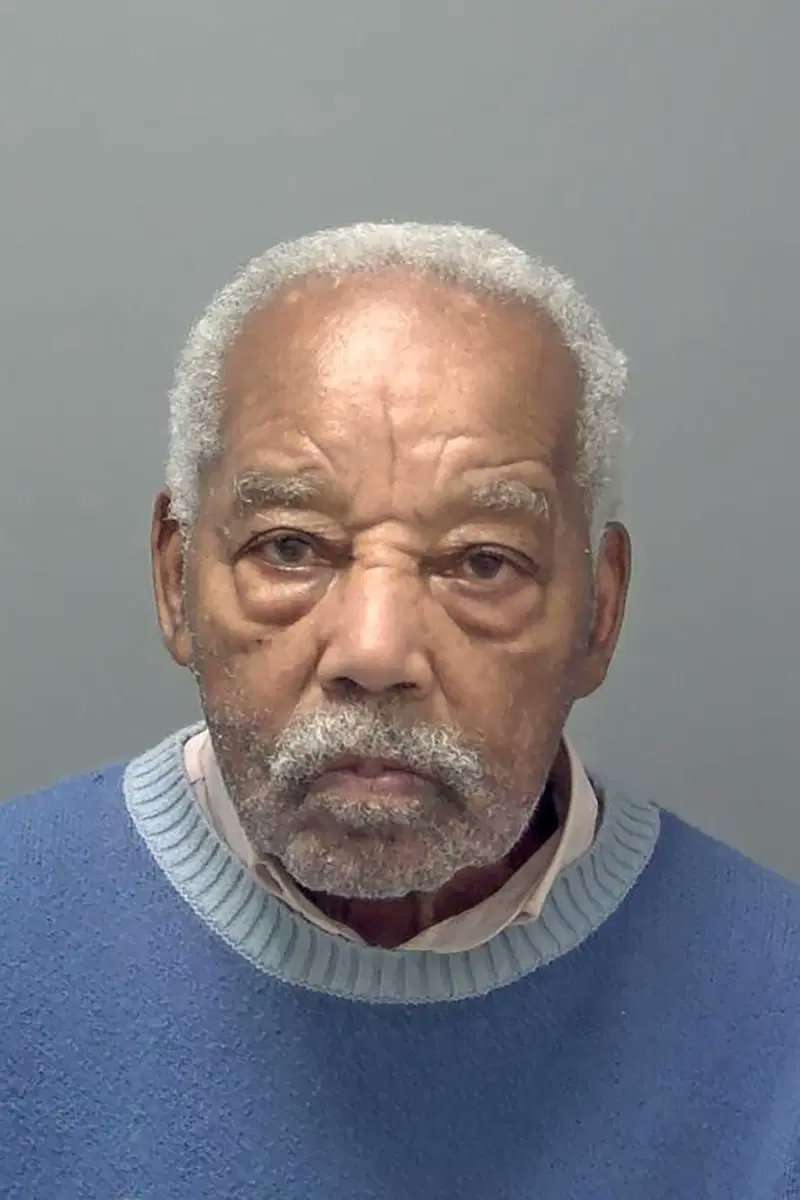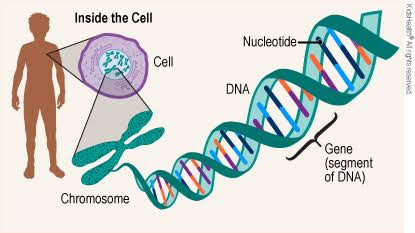Here’s a comprehensive overview of the case of Ryland Headley’s conviction. He was jailed for life for the rape and murder of Louisa Dunne. This is thought to be Britain’s oldest solved cold case.
Case Background

Victim: Louisa Dunne, a 75-year-old widow and grandmother, was found dead in her terraced home on Britannia Road, Easton, Bristol, in late June 1967. She was strangled and asphyxiated after being raped in what appeared to be a brutal home invasion.
Initial Investigation (1967): Police recovered seminal fluid and a partial palm print from an upstairs window. Over 19,000 local palm prints were taken, but no match was found. The case went cold as evidence sat in storage .
Breakthrough via Modern Forensics
Cold Case Review (2023): Avon & Somerset police reopened the case, re-examined Dunne’s preserved clothing, and sent samples for DNA analysis .
DNA Match: Semen from Dunne’s skirt matched Ryland Headley’s profile with a staggering probability ratio — a billion to one.

Palm Print Confirmation: Authorities obtained Headley’s palm print in November 2024, which matched the partial print from the 1967 window .
Defendant Profile: Ryland Headley
Age: 92 at conviction; 34 at the time of the offence.
Background: Former railway worker from Ipswich. Moved soon after the crime.
Criminal History: Convicted in the late 1970s for raping two elderly women after break-ins in Ipswich; received life sentence reduced to seven years, released in the 1980s.
DNA Collection: Arrested in 2012, his DNA was taken while investigating unrelated offences. That data later triggered the match with the Dunne evidence.
Trial and Sentencing
Trial: Held June 2025 at Bristol Crown Court. Jury found him guilty of both rape and murder — murder verdict reached in under 10 hours .
Evidence Strength:
Modern DNA evidence (semen on skirt) and long-preserved palm print.
“Bad character” testimony regarding his 1970s rapes showed a clear pattern — forced entry into homes of vulnerable elderly women .
Judge’s Remarks:
Justice Sweeting described the crime as “pitiless and cruel,” stating Headley “will die in prison” .
Minimum sentence set at 20 years under 1967 sentencing rules, but the judge confirmed no release is possible.
Impact on Family
Victim’s Family: Survivors, including Dunne’s granddaughter Mary Dainton (now the same age Louisa was when she died), gave heartfelt impact statements on the trauma and lifelong consequences inflicted by the crime and its decades-long unresolved status .
Emotional Toll: They described enduring stigma, ongoing anxiety, and the emotional cloud it cast over their family — trauma that lingered for nearly six decades .
Forensic Justice

This case underscores the power of combining archived physical evidence with modern investigative techniques:
– DNA profiling connected preserved samples to Headley’s 2012 databank entry.
– Palm print analysis matched his 2024 palm prints with those from 1967 .
– Bad character evidence established a pattern that bolstered the prosecution’s case.
- Pie To Die For: A Hannah Swensen Mystery (2025) Download Movie
- Can Playing Of Video Games Help To Reduce The Urge To Masturbate?
Broader Investigations
Further Probes: Suffolk and Norfolk police have begun an extensive review of unsolved crimes to determine if Headley could be connected to other offences, given his similar modus operandi in the 1970s.
The conviction of Ryland Headley closes a grim chapter spanning 58 years — the longest cold case ever solved in the UK. While justice came far too late for Louisa Dunne and her family, the case exemplifies how persistence, evolving technology, and enduring resolve can bring accountability, even half a century on.
-Deeprows News







